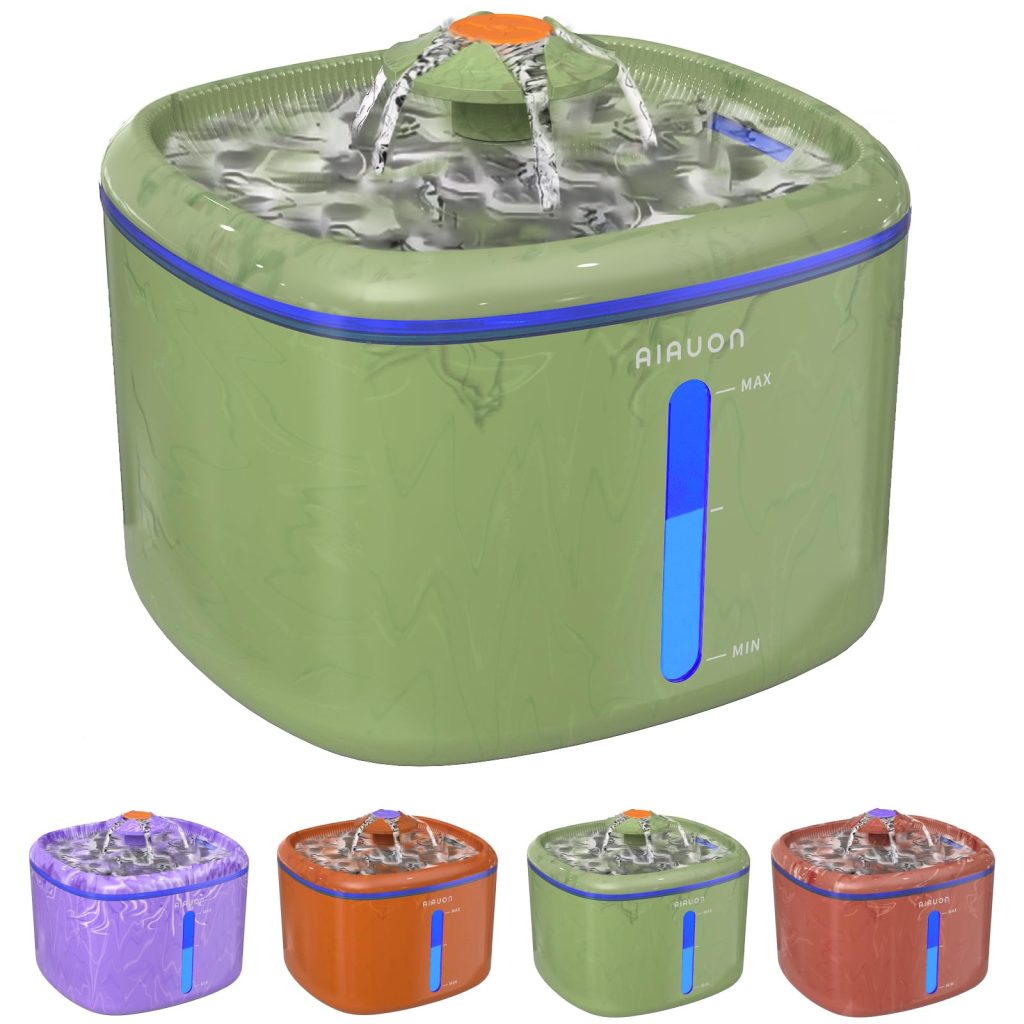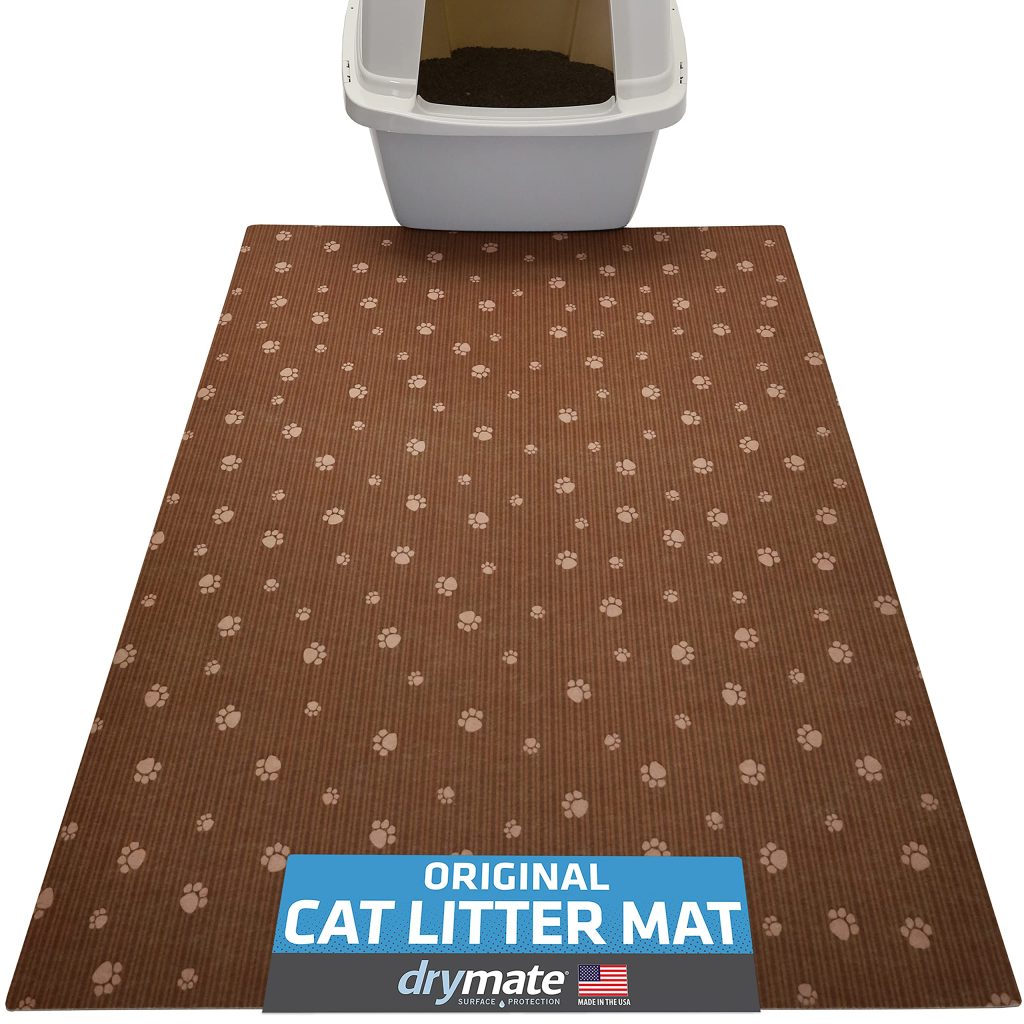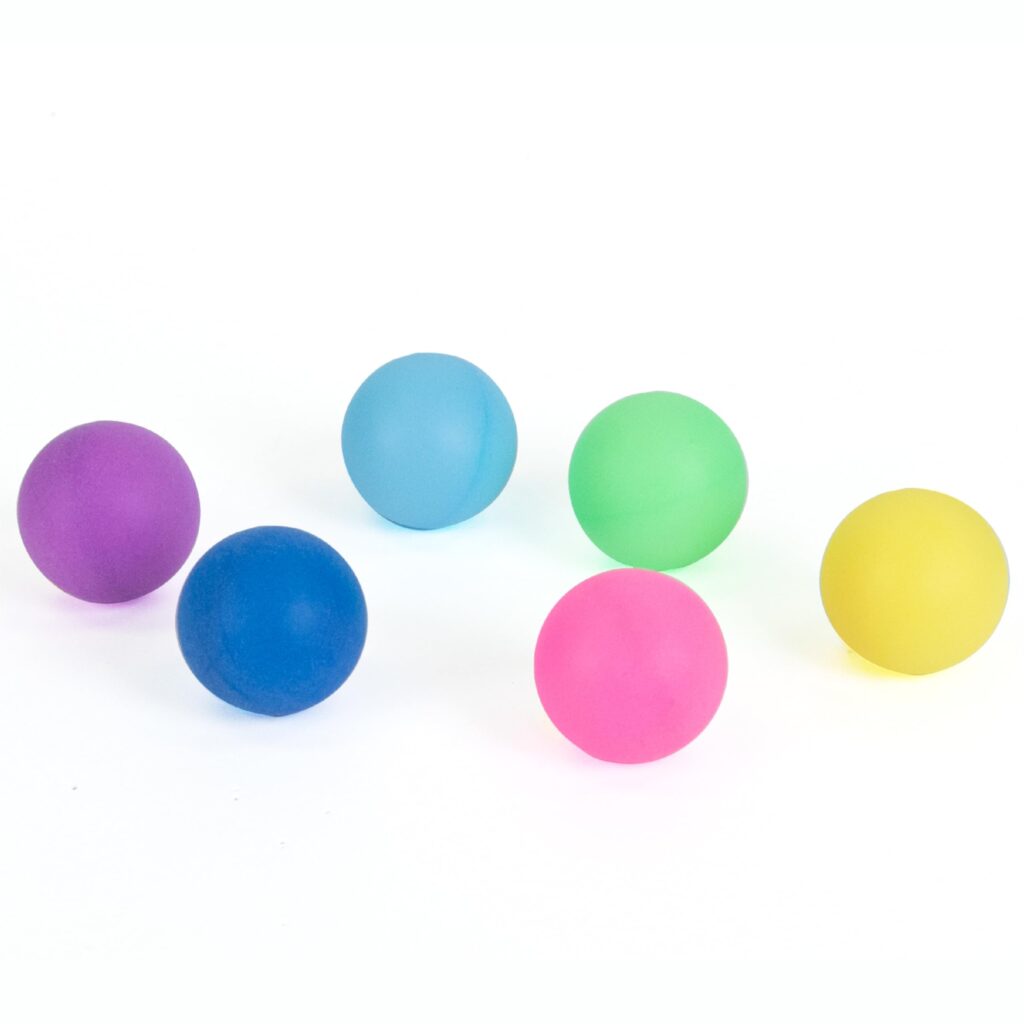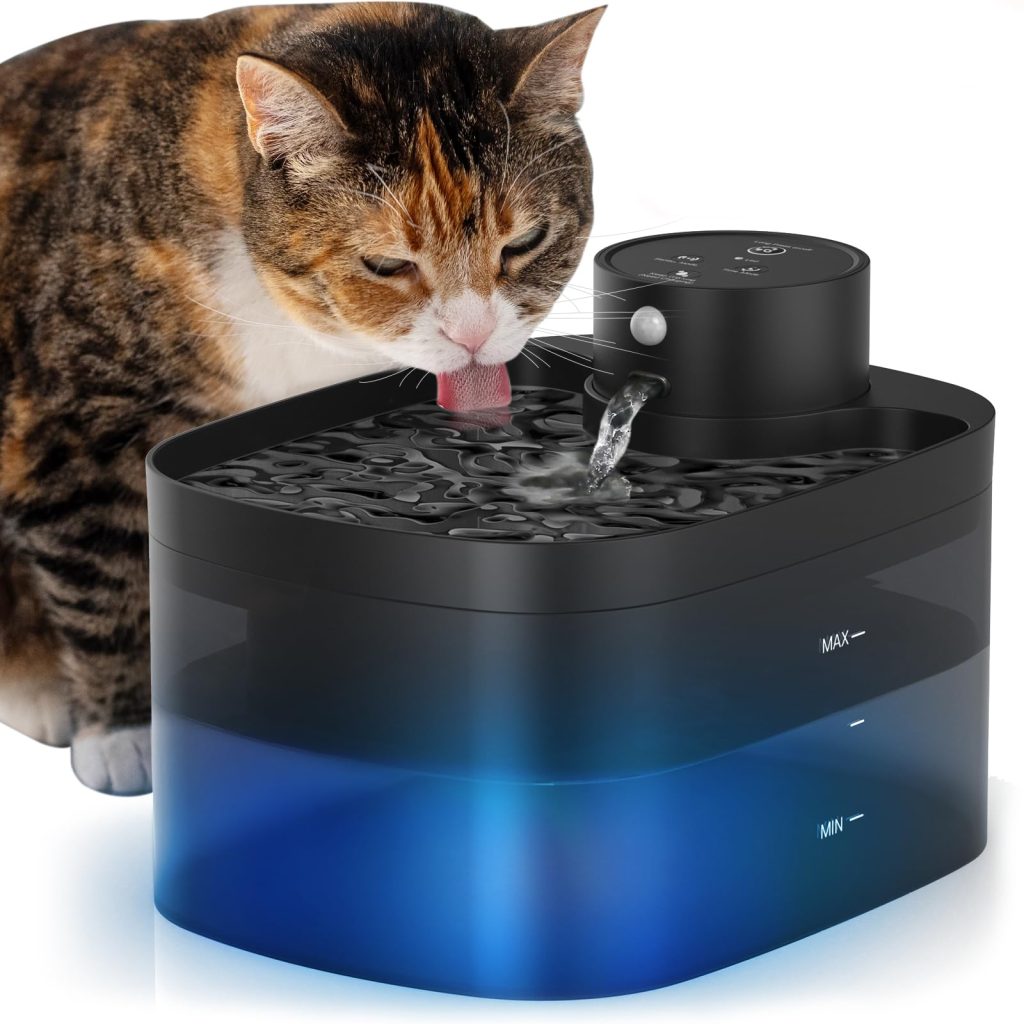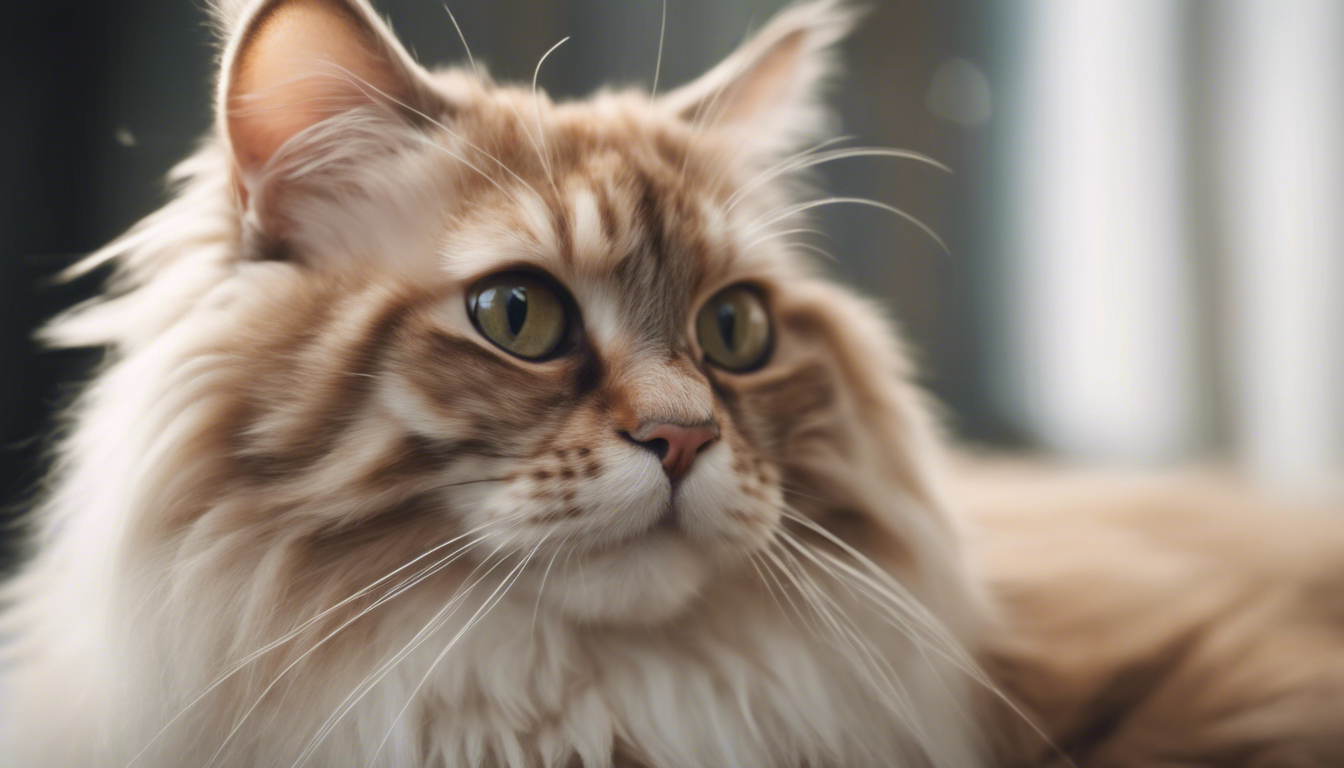
Grooming is an essential aspect of feline care that not only keeps your cat looking their best but also promotes their overall well-being and health. Regular grooming sessions allow you to bond with your furry companion while ensuring that their coat is clean, free from tangles, and their claws are properly maintained. In this article, we will explore grooming techniques for different cat coat lengths, focusing on the essential aspects of coat care, claw maintenance, and effective grooming techniques.
Coat Care
The first step in grooming your cat is to understand their unique coat type. Cats have different coat lengths which require specific care. Let’s take a look at how to effectively groom different cat coat lengths:
Short-haired Cats
Short-haired cats have a dense, sleek coat that often requires less maintenance compared to longer-haired cats. However, regular brushing is still necessary to remove loose hairs and prevent hairballs. Use a soft-bristle brush or a grooming glove to brush your short-haired cat’s coat in the direction of hair growth. This will help distribute natural oils and keep their coat shiny. Short-haired cats can benefit from occasional baths, especially if they have gotten into something dirty or sticky. Use a cat-specific shampoo and gently massage it into their coat. Rinse thoroughly to remove all traces of shampoo.
Medium-haired Cats
Medium-haired cats have a coat that falls between short and long. They require more frequent brushing compared to short-haired cats to prevent matting and tangles. Use a comb or slicker brush with wide-spaced teeth to gently remove tangles and loose hairs. Pay extra attention to areas prone to matting, such as the armpits and the belly. If you encounter stubborn mats, use a mat splitter or take your cat to a professional groomer for assistance. Regular brushing sessions also provide an opportunity to check for fleas, ticks, or any skin abnormalities.
Long-haired Cats
Long-haired cats have luxurious coats that require extensive grooming to prevent matting and keep their fur in pristine condition. Daily brushing is essential to keep their coat tangle-free. Start with a wide-toothed comb to remove any loose hairs and gently detangle the fur. Then, use a bristle brush or a slicker brush to remove remaining tangles and smooth the coat. Pay close attention to areas prone to matting, such as the underarms, belly, and behind the ears. For long-haired cats with double coats, such as Persians or Maine Coons, regular grooming sessions with professional groomers might be necessary to maintain their coat’s health and prevent matting.
Claw Maintenance
In addition to coat care, maintaining your cat’s claws is an important part of grooming. Cats use their claws for various activities, including climbing and scratching. Here are some tips for effective claw maintenance:
Regularly Trim Claws
Trimming your cat’s claws every two to three weeks helps prevent them from becoming too long and causing discomfort or accidental scratching. Use cat-specific nail clippers or a grinder designed for feline claws. Make sure to trim only the transparent portion of the claw, avoiding the pink area known as the quick, which contains nerves and blood vessels. If you are unsure about trimming your cat’s claws, consult a veterinarian or a professional groomer for guidance.
Provide Scratching Posts
Offering your cat appropriate scratching posts helps redirect their natural scratching behavior away from furniture and other household items. Choose sturdy posts covered in sisal or rough fabric that provide a satisfying scratching surface. Place the posts in areas where your cat spends most of their time. Encourage your cat to use the scratching post by gently guiding their paws on it and rewarding them with treats or praise.
Grooming Techniques
Now that we have covered coat care and claw maintenance, let’s explore some grooming techniques to ensure your cat’s grooming sessions are stress-free and enjoyable:
Start Grooming Early
Introduce grooming to your cat from a young age to help them become accustomed to the process. Gradually introduce them to brushes, combs, and other grooming tools, rewarding them with treats and praise. Make grooming a positive experience for your cat by associating it with something pleasant.
Be Gentle and Patient
Grooming should be a gentle and soothing experience for your cat. Use slow, deliberate movements when brushing their coat or trimming their claws. Speak softly and provide reassurance throughout the process. If your cat becomes anxious or stressed, take breaks and try again later.
Check Ears and Teeth
During grooming sessions, take the opportunity to check your cat’s ears for any signs of infection, excessive wax buildup, or parasites. Use a soft cloth or cotton ball dampened with a veterinarian-approved ear cleaner to gently clean the outer ear. Additionally, regularly check your cat’s teeth for tartar buildup or any dental issues. Consult your veterinarian for advice on dental care.
Observe Skin and Coat Health
While grooming, pay attention to your cat’s skin and coat health. Look for signs of fleas, ticks, or any abnormalities such as redness, rashes, or bald patches. If you notice anything unusual, consult with your veterinarian for further evaluation and treatment.
Remember: Grooming is not just about maintaining your cat’s appearance; it is an essential part of their overall health and well-being. Regular grooming sessions allow you to bond with your feline companion while ensuring their coat is clean, tangle-free, and their claws are properly maintained. By following these grooming techniques for different cat coat lengths, you can help promote the health and happiness of your furry friend.
